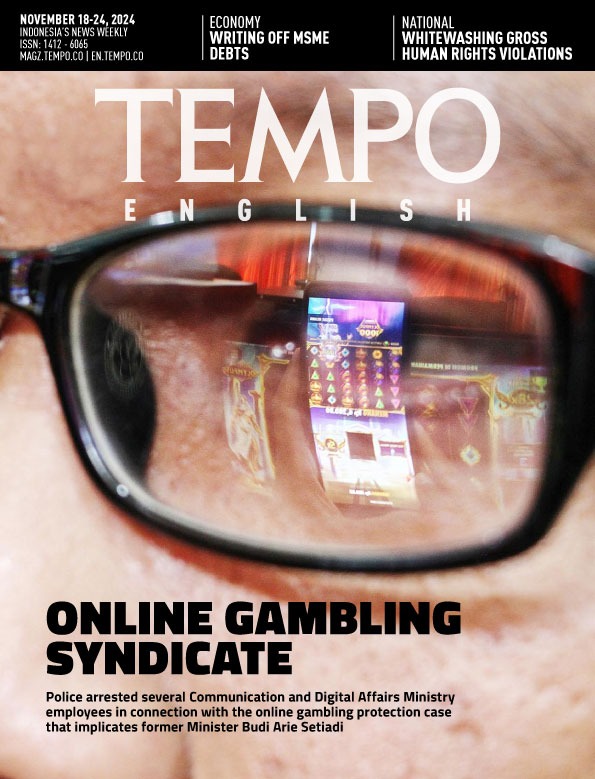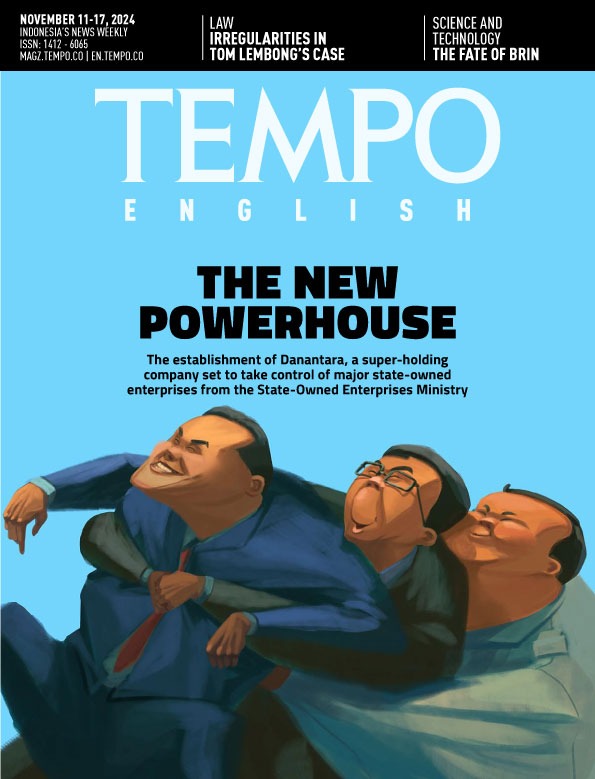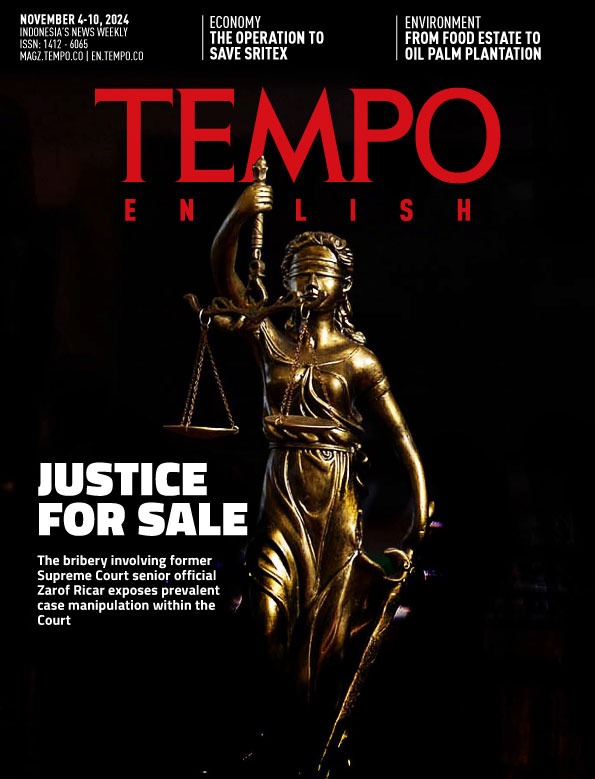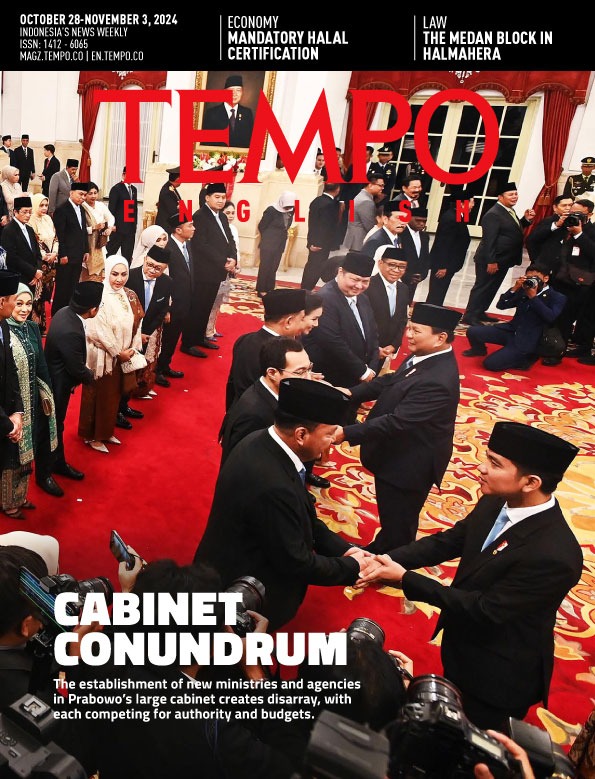National Narcotics Agency Chief Heru Winarko: The Taiwanese Network is Highly Secretive
Monday, July 27, 2020
arsip tempo : 173198677067.
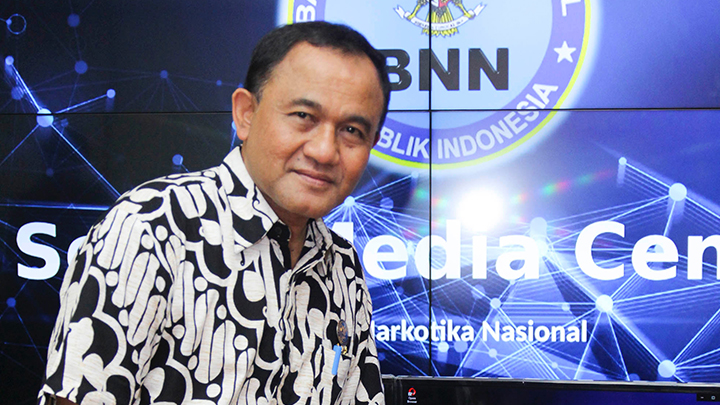
The MV Sunrise Glory vessel, which was caught hauling 1.3 tons of meth in February 2018, had changed name twice. Through a teleconference with Tempo on Wednesday, May 6, BNN Chief Heru Winarko explained how this smuggling is carried out over international waters.
How do Taiwanese fishermen smuggle the narcotics?
The methamphetamine does not originate in Taiwan, but its producers hire Taiwanese ships and fishermen to send the drugs to Indones
...
Subscribe to continue reading.
We craft news with stories.
 For the benefits of subscribing to Digital Tempo, See More
For the benefits of subscribing to Digital Tempo, See More





